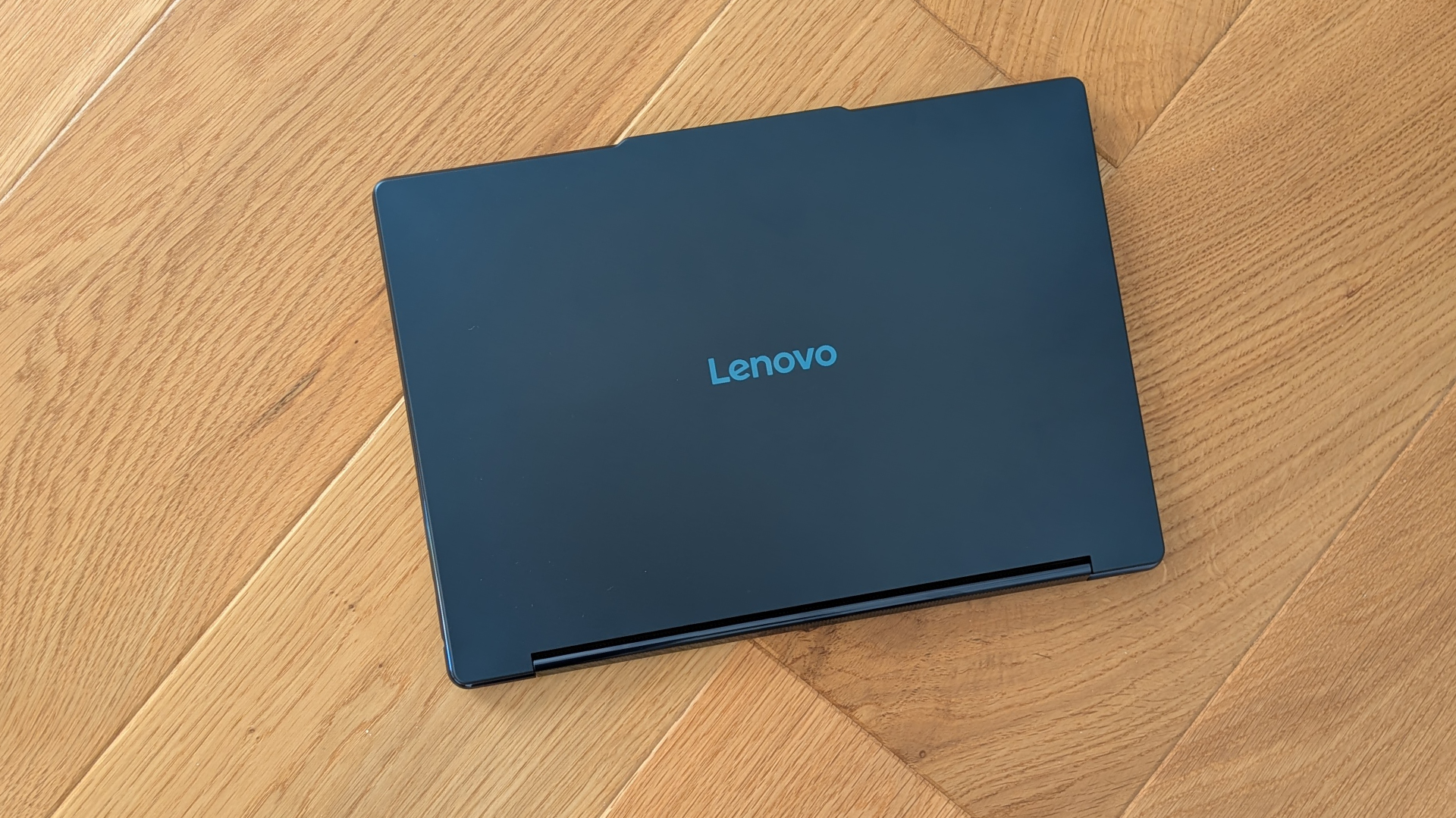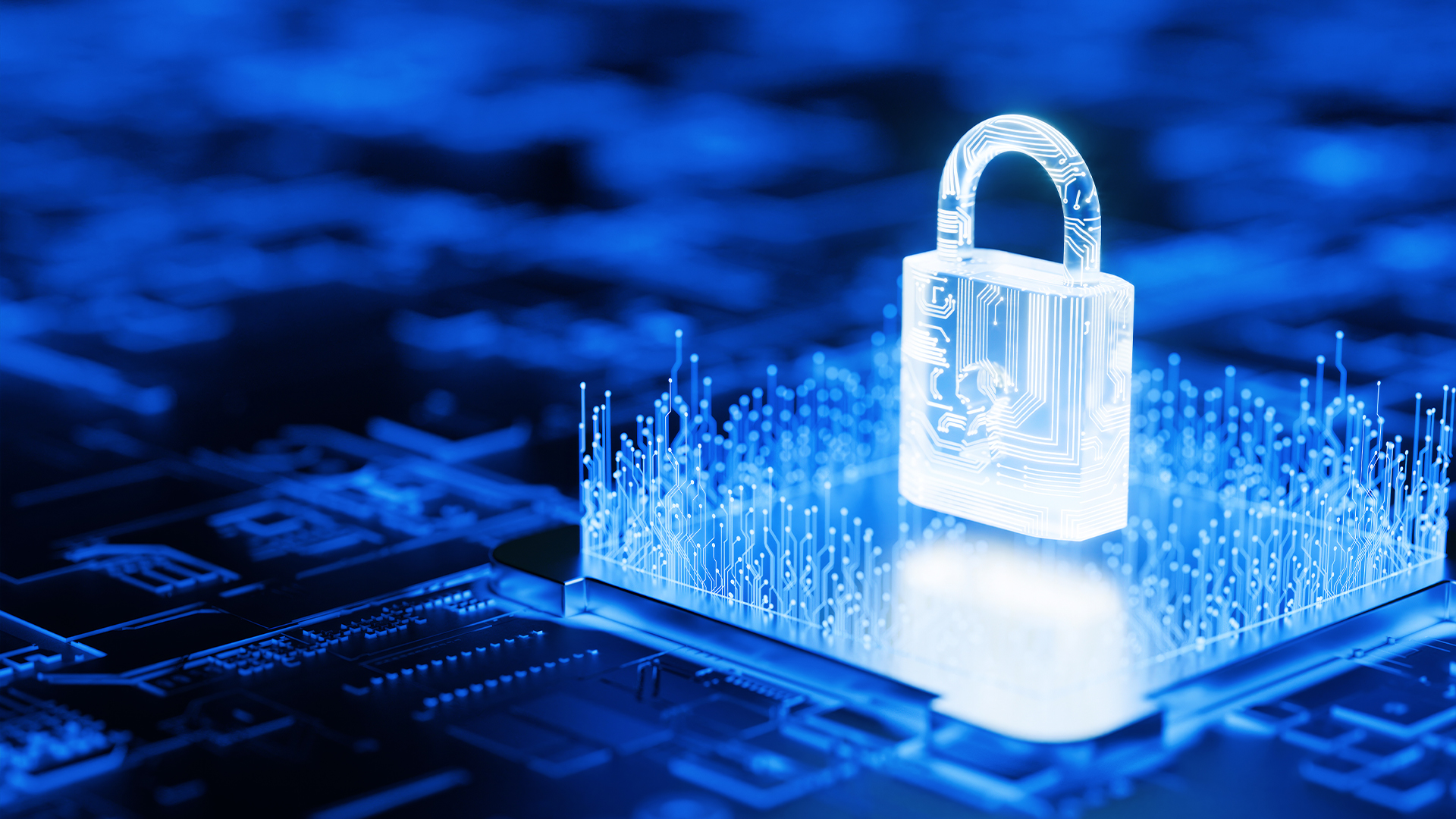Bigger is best: why phablets are on the rise
Larger smartphones – including the iPhone 6+ and Samsung's Galaxy Note – are taking sales from smartphones and tablet

Whilst phablets are not aimed specifically at enterprise users, the combination of a larger screen and more processing power, as well as built-in connectivity, makes them a contender for field-based tasks as well as for executives on the move. Phabets also make financial and practical sense: it is cheaper to buy a phablet than a tablet and a smartphone, and IT management overheads are reduced by supporting a single device.
"The phablet's not-so-secret weapon is its screen size," says Arndt Polifke, global director of telecoms at GfK. "Phablets are all-rounders, fulfilling the combined roles of a smartphone and tablet but for a lower price than just one of these devices." GfK points out that the average selling price of phablets has fallen, and models are now on sale ranging from just $150 (100) to $800 (500 or more).
This is prompting more consumers to buy phablets for their personal use, but it could also be persuading companies to buy a 4G connected phablet usually available at a subsidised cost with an airtime tariff over a Wi-Fi-only tablet device. If the trend continues, we're likely to see more of these once niche devices in enterprise use, and more business apps being developed to exploit their specific features.
Stephen Pritchard is a contributing editor at IT Pro.
Sign up today and you will receive a free copy of our Future Focus 2025 report - the leading guidance on AI, cybersecurity and other IT challenges as per 700+ senior executives
-
 Lenovo Yoga 9i 2-in-1 Gen 10 Aura Edition review
Lenovo Yoga 9i 2-in-1 Gen 10 Aura Edition reviewReviews A superb laptop for creative pros with awesome stamina and a fantastic screen
-
 What does modern security success look like for financial services?
What does modern security success look like for financial services?Sponsored As financial institutions grapple with evolving cyber threats, intensifying regulations, and the limitations of ageing IT infrastructure, the need for a resilient and forward-thinking security strategy has never been greater